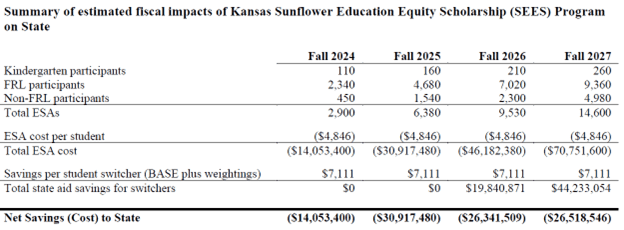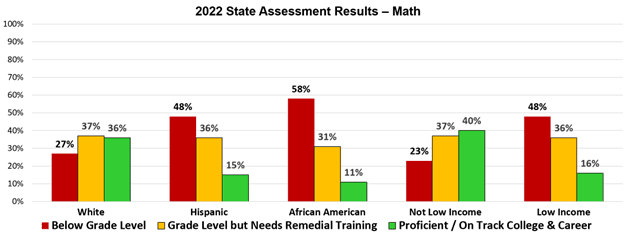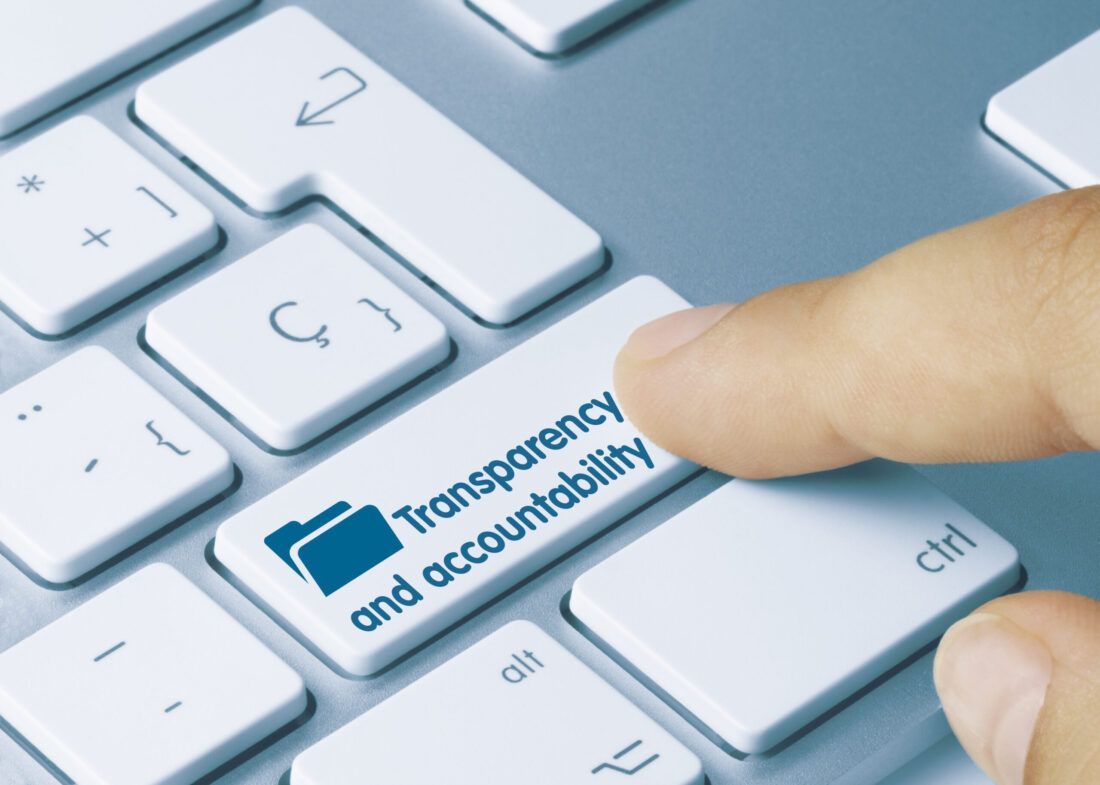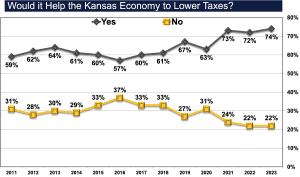A revised cost estimate on the Sunflower Education Equity Scholarship (SEES) program now in House Substitute for SB 83 is much lower than the original bill, at about $14 million for the first year and $26 million by Fall 2027. Dr. Martin Lueken, Director of the Fiscal Research and Education Center at EdChoice, prepared the analysis at the request of Kansas Policy Institute, which owns The Sentinel.
Lueken says the cost dropped precipitously from the state’s original estimate of $151 million because fewer students are eligible to participate than originally proposed. To qualify for the SEES program in House Substitute for SB 83, students must either be enrolled in a public school prior to participating in the program or at kindergarten age. In addition, the program phases in eligibility for students in nonpublic school settings:
– Fall 2024 and beyond: Students eligible for free/reduced lunch (FRL) or score Level 1 on the state assessment (no limit on these students)
– Fall 2024: up to 2,000 students who are not in public school and are from families with income up to 300% of the federal poverty limit (FPL) may receive ESAs
– Fall 2025: up to 4,000 students who are not in public school and are from families with income up to 400% FPL may receive ESAs
– Fall 2026: up to 8,000 students who are not in public school and are from families with income up to 400% FPL may receive ESAs
– Fall 2027: no limitations on non public school students from families with income up to 600% FPL
Based on the experiences of other states that have private educational choice programs, Lueken’s analysis assumes that 1% of eligible students eligible in each category will participate in the program during the first year (Fall 2023), or 2,900 students.[i] For subsequent years, the assumed take-up rates are 2% for year 2, 3% for year 3, and 4% for year 4.
For the school year beginning in Fall 2024, it’s estimated that 2,900 families would utilize the SEES program at a cost to the state of about $14 million, using the current amount of BASE aid. Future BASE aid amounts have not yet been established but will be adjusted for inflation based on the average change in the Consumer Price Index for the previous three years.

There are no savings to the state for the first two years because districts are funded based on the highest enrollment over the previous two years, and SB 83, as amended during the floor vote on March 14, extends another two years of protection to 1A and 2A schools. Starting in the Fall 2026 school year, the state will save money on students who joined the SEES program in Fall 2024. For example, an ESA worth $4,846 would be set aside with the State Treasurer’s office, but the state saves $7,111 per student that otherwise would have been paid to the district for BASE aid plus weightings (at-risk, transportation, etc.) that are distributed on a per-student basis. Districts would continue to receive other forms of state aid, like KPERS reimbursement and supplemental aid for capital outlay and debt service.[ii]
Low achievement drives demand for SEES program ESAs
Demand for more choice (and legislators’ interest in providing it) has grown as parents become more aware of low proficiency levels. A December 2022 public opinion poll conducted by SurveyUSA on behalf of Kansas Policy Institute shows that 72% of adults with children or grandchildren in school say taxpayer-funded accounts should be available to parents if they believe their school district is not meeting the academic needs of their children.
The 2022 state assessment results indicate that the public school system is falling far short of meeting the academic needs of many students, especially the low-income students eligible to participate in the SEES program. Nearly half of them are below grade level in math, and just 16% are proficient.

As documented in Giving Kids a Fighting Chance with School Choice, a strong case is made that parents cannot count on the public education system to address the education crisis. The book tells one story after another of education officials consciously deceiving parents about achievement, de-emphasizing academic preparation, and even ignoring laws designed to close achievement gaps and improve outcomes.
Opponents of SB 83 will not say how long they think it will take to get students to grade level without legislative intervention on school choice.
(editor’s note: The original version of this column said the phased-in schedule was for all students who met the criteria, but it is only non-public school students who are eligible on that basis.)
_____________
[i] Take-up rates for private educational choice programs nationwide were 0.46% in their first year in operation, 0.86% in their second year, 1.12% in their third year, and 1.44% in their fourth year. “Participation in Private Education Choice Programs,” Fiscal Research and Education Center, EdChoice, https://www.edchoice.org/wp-content/uploads/2023/02/Participation-in-Private-Education-Choice-Programs.pdf
[ii] Other forms of state aid could be saved, like LOB equalization aid, but the amounts would vary based on the district from which the student left.




